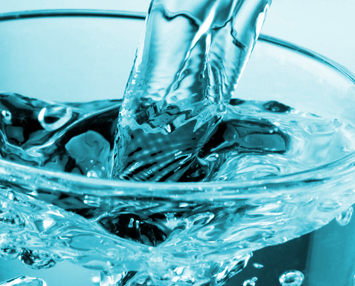Councils form quality watch
 Several NSW councils have joined a new water quality monitoring initiative.
Several NSW councils have joined a new water quality monitoring initiative.
WaterNSW has launched a collaboration with twelve local water utilities (LWUs) across regional New South Wales to establish a comprehensive baseline of water quality data.
This partnership aims to enhance the management and understanding of local drinking water supplies by monitoring water sources regularly.
The participating LWUs include Bourke, Central Tablelands Water, Clarence, Dubbo, Gwydir, Mid-Western, Murrumbidgee, Richmond, Singleton, Snowy Monaro, Snowy Valleys, and Upper Hunter.
Each council will work with WaterNSW to collect and test water samples from local reservoirs and rivers upstream of treatment plants.
“Local water utilities have said to us that they don’t have good information about source water quality,” says Fiona Smith, WaterNSW's Executive Manager of Strategy and Performance.
“That’s why we’re delighted to work together to collect and test these samples as part of the NSW Government’s Town Water Risk Reduction Program (TWRRP).”
As part of this program, water samples will be collected monthly and analysed for fifteen different analytes, including metals, nutrients, organics, and bacteria such as E. coli.
The resulting data will provide valuable insights into the current state of water sources and help identify potential risks.
This data will also account for seasonal variability, offering a clearer picture of local water quality.
The initiative is part of the source water quality stream of the TWRRP, which is overseen by the NSW Department of Climate Change, Energy, the Environment and Water (DCCEEW).
This program is designed to support local councils in improving water security, quality, and reliability by tapping into the skills and knowledge of major entities in the water sector.
The program also includes the provision of resource kits to councils, which contain the necessary tools and information for water sampling, along with training videos highlighting best practices in sampling and safety.
By June 2025, at the conclusion of the 12-month program, participating councils should have a well-documented baseline of water quality data, allowing them to make better decisions about their water management practices.








 Print
Print